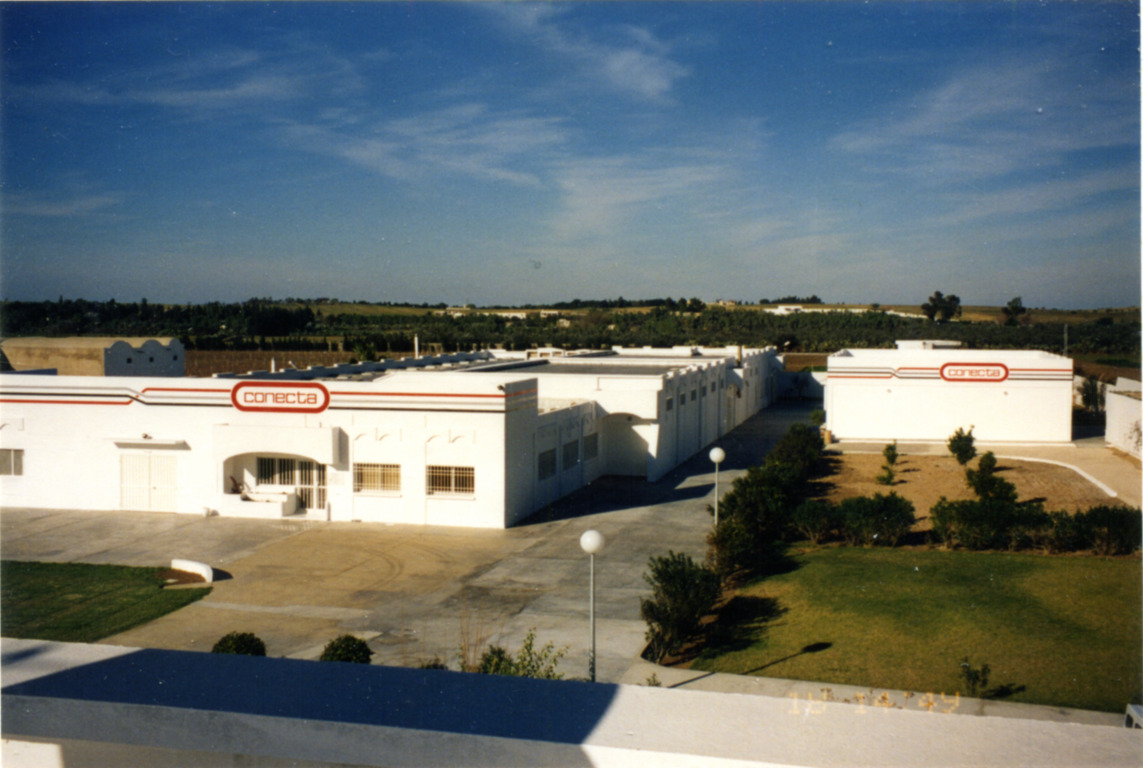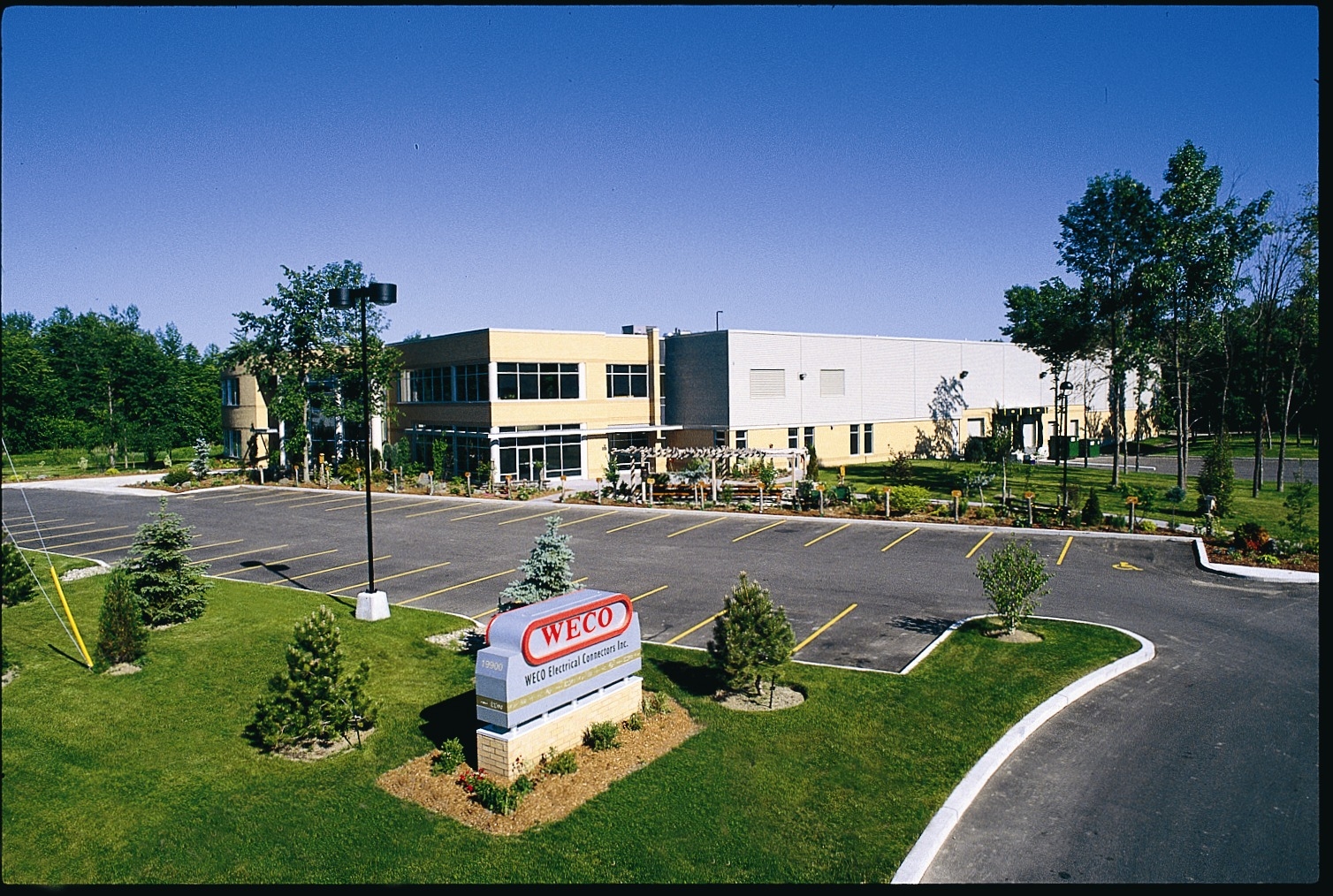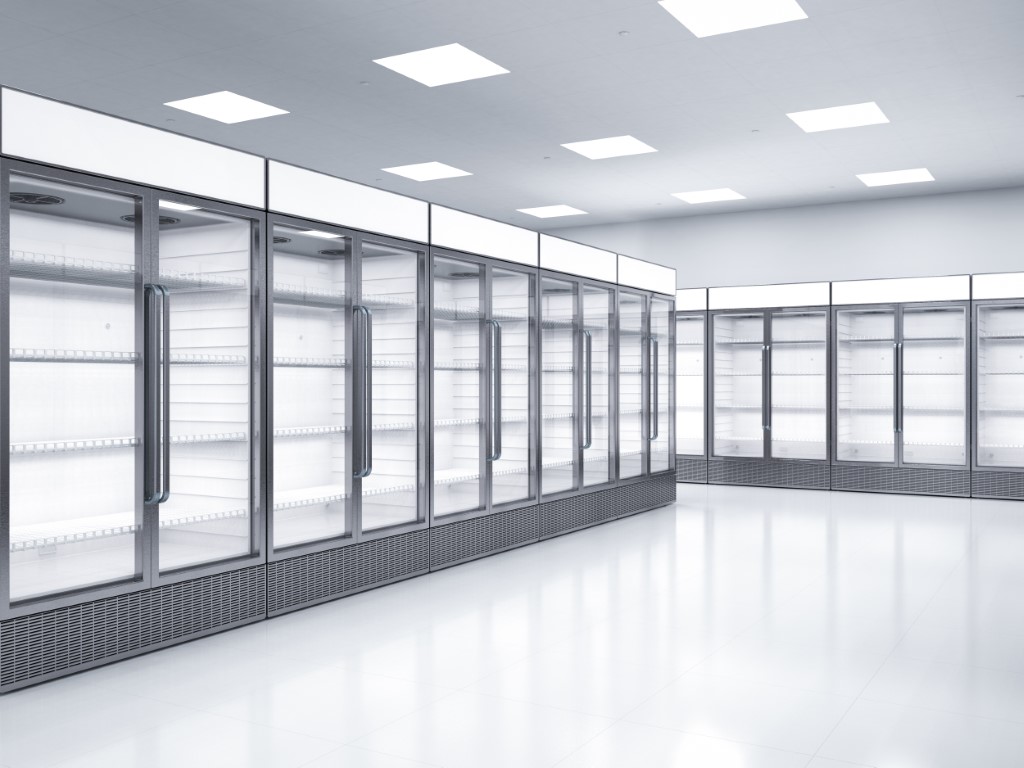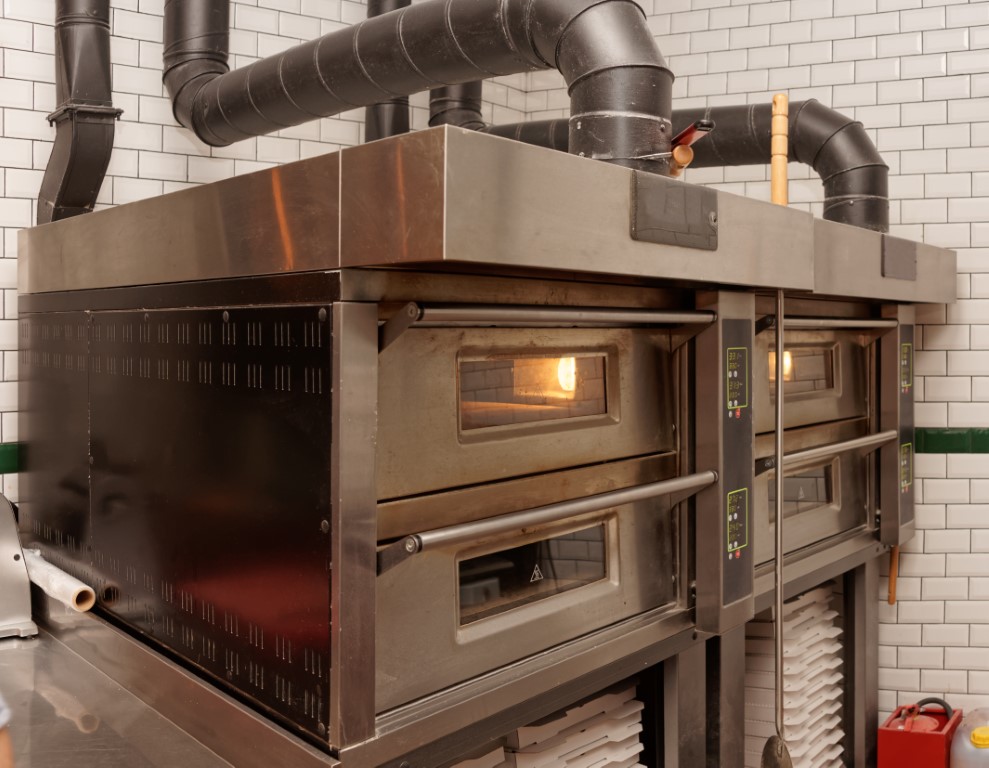For WECO, the 1980s were boom years. Despite a recession in the beginning of the decade, the global economy outperformed in 1988 and grew at a new pace. The plans for a new factory in Tunisia, initiated in 1978 by our Managing Director, Dr. Walter Ebbinghaus, became a reality. “Conecta Tunesie” came on stream in 1981, employing nearly 300 operators. While the main plant in Germany manufactured components such as housings, terminal bodies and stamped parts, the Tunisia unit was designed for the final assembly of our products

The dedication and resilience of WECO’s employees became evident during a major flood at the Tunisia facility in 1983. Production came to a standstill, yet all employees stood by WECO and began cleaning and clearing debris, water, and mud and within 3 weeks the plant resumed production!

After establishing the plant in Tunisia, it was time to conquer the American market. In 1983, WECO founded another company in the heart of Canada, in Kirkland, Quebec, named “WECO Electrical Connectors”. In addition to a production facility, the company set up its own production development department to support the U.S. and Canadian markets.
The expansion also began in Europe, with the founding of the first subsidiary in Switzerland in 1986, which was named “Conecta Fleurier”. Here, the first fully automated assembly line produced our 300 series products.
To continue WECO’s expansion plans, top ranked manufacturers representations were added and with the addition of 20 well-know agencies around the globe and with its 4 branches in Germany, Canada, Tunisia and Switzerland, WECO was now a global player for Terminal Blocks!

With its global reach and new facilities, WECO forged a new market: “White-Goods” or appliances, such as refrigerators, ovens and microwaves, when it comes to power connection components. Our main products at that time were our 300 series, 307 series, and ceramic connectors. With the introduction of new appliances, WECO developed new products and added new PCB terminals, thereby facilitating the assembly and maintenance of the appliances.

WECO ceramics played an important role in power distribution in large commercial and industrial furnaces. Proven reliability over the years makes WECO’s ceramic terminal block the key choice among design engineers.
Over the decade, WECO continued to develop new variations of its 300 series terminal blocks and PCB connectors. With approximately 60 active product variants in different pitches, screw connector strips, plug-in connectors, raised versions, and angled connectors, WECO’s portfolio of these series is perfectly suited for any device application, whether used in commercial, industrial or residential applications.
For WECO, the appliance market is not only targeted at residential applications; our connectors are also present in commercial ovens, as previously mentioned, and in commercial refrigerators found in our grocery stores. From the former open freezers to modern glass door refrigerators lining the aisles of our supermarkets, WECO’s products can be found and are used to distribute power using our tabbed and PCB connectors to connect the temperature control boards. Our products contributed to improving refrigerators’ energy efficiency and the customers’ shopping experience. Customers no longer had to dawn a jacket while walking down the aisles in the frozen food section.
Next week you will learn how WECO successfully innovated the water heating system and the materials labeled “no-flame” to supply the Fire Protection and Safety market; and met the challenges of the next decade. Stay tuned.








